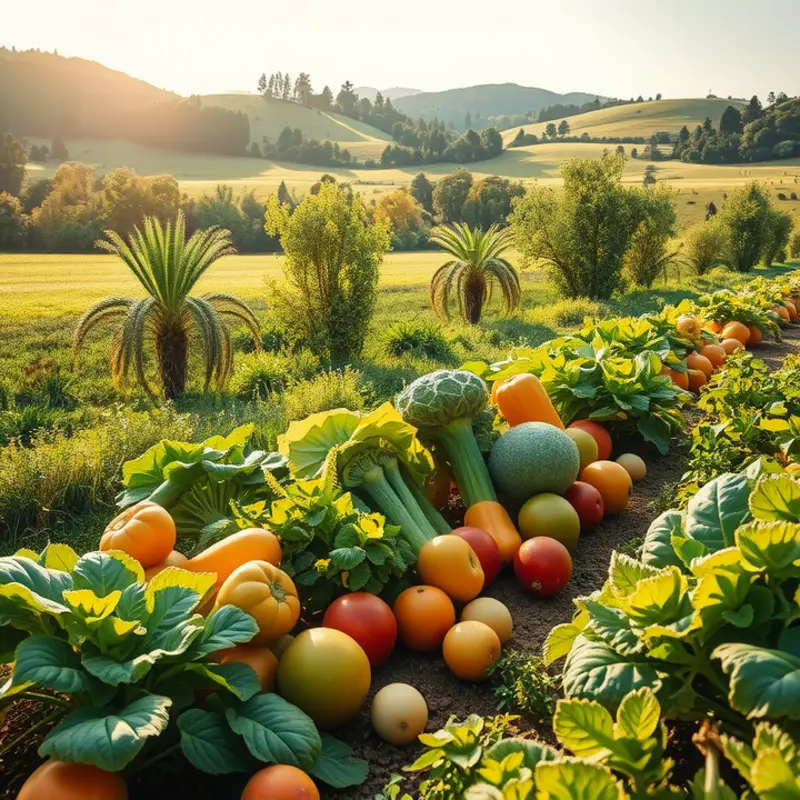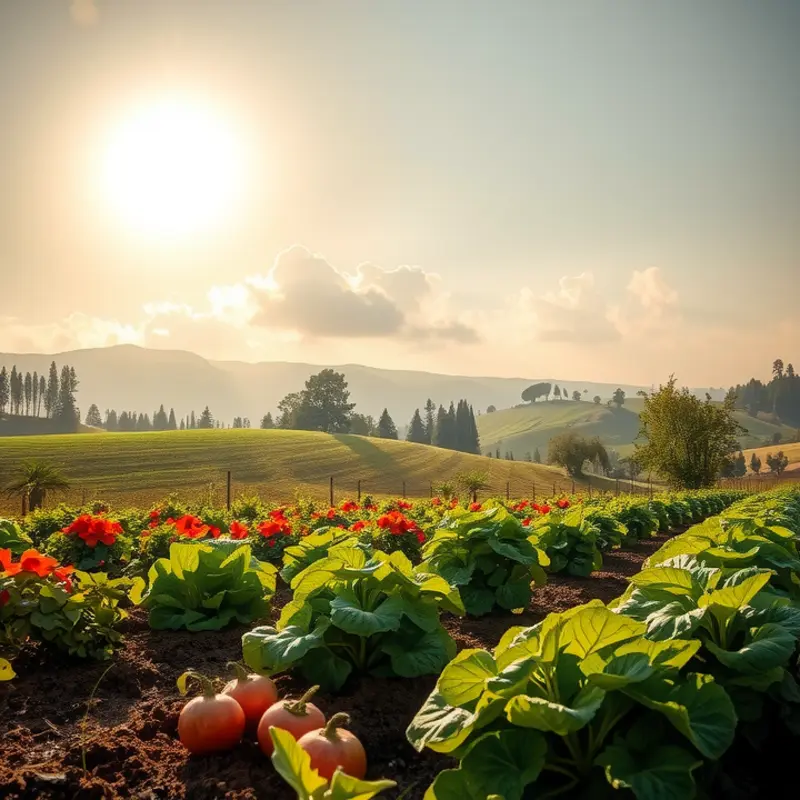Understanding food safety basics is crucial for anyone who wants to enjoy fresh produce while minimizing waste. This guide offers practical tips to help store fruits and vegetables properly, manage them effectively at home, and maintain the highest safety standards. By following these straightforward strategies, you can savor the flavor of your fresh ingredients while ensuring they’re safe to eat and used efficiently.
Storing Fresh Produce Safely

Proper storage of fresh produce is crucial to maintaining its quality and ensuring safety. The first step in this process is understanding the ideal storage conditions for different types of fruits and vegetables.
Temperature and Humidity
Most fruits and vegetables require specific temperatures to stay fresh. Refrigerators set between 34–40°F (1–4°C) are perfect for most veggies like leafy greens, broccoli, and carrots, which prefer cooler environments. Fruits such as apples and berries also benefit from refrigeration, ensuring they remain crisp and mold-free.
Certain fruits, like bananas and avocados, are best kept at room temperature to allow them to ripen properly. Similarly, tomatoes lose flavor and develop an undesirable texture when stored in the fridge.
Humidity plays a significant role as well. High humidity settings, such as those in the vegetable crispers of most refrigerators, are ideal for leafy greens and herbs, helping prevent wilting and prolonging freshness. In contrast, fruits like apples and pears prefer a lower humidity environment to slow ethylene gas production, which accelerates ripening.
Storage Techniques
Plastic bags with tiny holes or specially designed produce bags help maintain the right humidity inside refrigerators. For root vegetables like potatoes and onions, a cool, dark, and dry place outside the refrigerator is appropriate—avoid storing them together since gases from onions can cause potatoes to spoil faster.
Avoid washing produce before storing, as moisture can invite mold growth. Instead, wash fruits and vegetables just before use. Berries, in particular, are prone to mold when washed preemptively.
Use-by Dates and Spoilage
Always be vigilant about the use-by dates of your fresh produce. While these dates serve as a general guideline, visual and olfactory cues are equally important. Look for discoloration, unusual softness, or any foul odor as clear indicators of spoilage.
Leafy greens are great for quick consumption, while dense vegetables like carrots have a longer shelf life. For an extensive guide on reducing waste and enhancing storage methods, consider visiting the Low-Waste Cooking Prep article which offers insights into maximizing produce lifespan.
Remember, storing fresh produce properly not only preserves taste and nutrition but also minimizes waste and protects you from foodborne illnesses. By mastering the art of storage, you can enjoy fresh fruits and vegetables at their best, ensuring each meal is both delicious and safe.
Managing Fresh Produce to Reduce Waste

Effectively managing fresh produce in your kitchen reduces waste and ensures freshness. Start with meal planning. Plan meals around what’s in season and what you already have. This reduces the need for extra shopping trips and uses what you might otherwise overlook.
Maintain a clear inventory of your produce. Keep it visible and rotate new items to the back to avoid forgotten perishables. Labeling storage containers with dates helps prioritize items that require immediate use.
When it comes to storing, every vegetable has its preference. Leafy greens thrive in the crisper drawer while potatoes prefer a cool, dark environment. Explore eco-smart kitchen storage techniques to extend shelf life and reduce decay.
Creative solutions for leftover ingredients are key to minimizing waste. Transform overripe fruits into smoothies or bake them into desserts. Vegetables past their prime can often be incorporated into soups, stews, or frittatas, where texture is less of a concern.
Freezing, canning, and composting offer sustainable disposal options. Many vegetables and fruits freeze well with minimal preparation. Blanching vegetables before freezing maintains texture and taste. Canning preserves flavors year-round, shelf-stable and free from cold storage reliance.
For inevitable scraps, composting turns waste into nourishment for future produce. Many urban areas provide resources or curbside composting services to facilitate this process.
Incorporate these practices to manage produce effectively, leading to fresher meals, less waste, and a more sustainable kitchen practice.
Final words
Food safety for fresh produce is an essential practice that can significantly improve your health and kitchen efficiency. By employing proper storage techniques, regularly checking for spoilage, and managing your food inventory effectively, you can ensure that your fruits and vegetables remain delicious and safe to eat. Remember to utilize every part of your produce, consider composting, and keep an organized kitchen to minimize waste. These practical tips will not only enhance your culinary experience but also promote a safer, more sustainable lifestyle.







